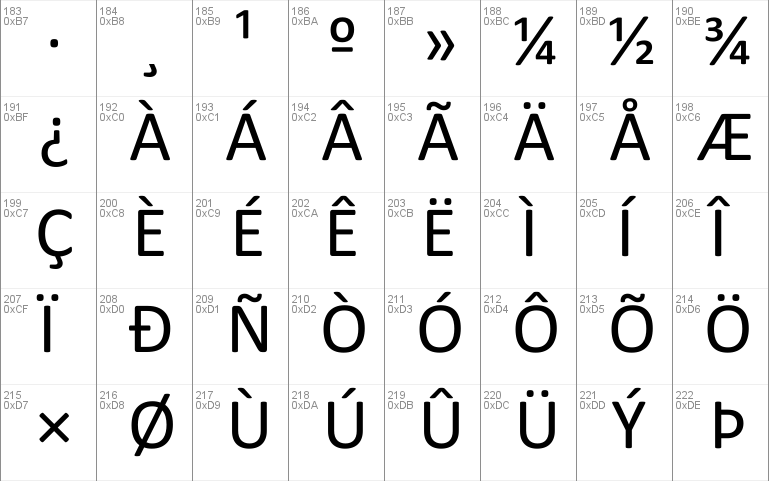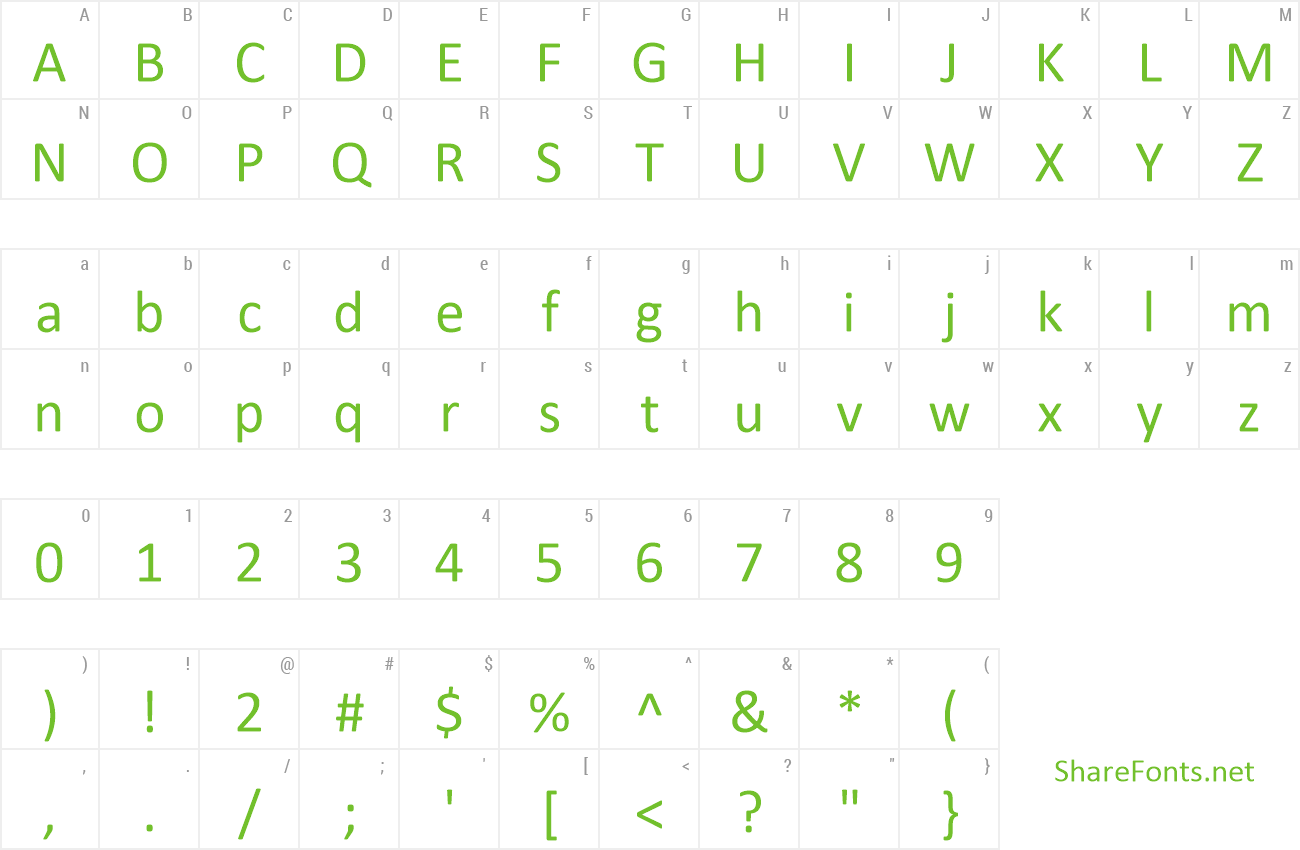

Out of all these, Arial, Times New Roman, Helvetica, and Courier New are the safest. There are also dozens more web safe fonts, but these are the most ubiquitous across devices. Here is a list of web safe fonts that are generally okay to use. If all you’re worried about is maximizing performance and absolutely ensuring that your site displays fonts correctly, then web safe fonts are for you. They also tend to load much faster than web fonts, which can be slow to show up. These come pre-installed on most systems, so they’re guaranteed to show correctly on all but the most obscure devices. If your fonts fail to load, you could end up with a blank, broken website.įor that reason, some website owners choose to rely only on web safe fonts. Unlike graphic design, where you can just create an image in a program and print it out for distribution, a browser must render web fonts every time anyone opens the page. One issue with most web fonts is that there’s no guarantee they’ll display properly on your website. There are also web safe fonts that usually work universally across all browsers and programs. With these font file types, you’ll then be able to use it all across your site and style it with HTML and CSS.
Calibri web font free#
You can also seek out certain hosts that allow you to use a simple call in the HTML to render their fonts on your own website through either free or paid plans.Įither way, as long as the font you use is uploaded properly and has the right file type:
Calibri web font license#
Make sure to read your font’s license carefully before purchasing it. Using a font in a different medium than you purchased it for can get you in trouble. There are also licensing issues to worry about when using desktop fonts on your site (or using web fonts for print design). Some fonts are so stylized or intended for such large text sizes that they won’t render properly on your site. You should look specifically for web fonts, not fonts meant to be used in print or graphic design. Scribble font isn’t practical for webpagesīut while you can technically use any font on your site, it’s not always the best idea. All you need to do is upload it and configure it properly, and it should display on your website. Some fonts aren’t meant to be used on the web, but which can be inserted into your HTML site?Įssentially, you can use any downloadable font on your site. ✨ Find 10 great options right here 👇 Click to Tweet What Fonts Can You Use in HTML? If you care about your site's branding and appearance, then ensuring that you use a web safe font is a crucial step in your design process.
Calibri web font download#
You can either download these fonts like normal and upload them to your server, or use a special web font hosting service that embeds them on your site without requiring a download.

While web fonts don’t come installed on your or your visitors’ devices, there are special ways of displaying them so anyone who visits your site can see them. They can be styled with CSS (such as applying bold or italics, colors, and other attributes) and offer support for other conditions like right-to-left rendering.

They’re also designed to be legible on different screens and for different sizes. For one, they often can’t be used with programs on your computer they must be uploaded to a server and used on the web. There are a few things that make web fonts different from your standard downloadable desktop font. You can also use web fonts in emails or other online services. There are also “web safe” fonts that are found on a majority of all machines.īut for web design, what you need to look for are web fonts, typefaces specially designed to render perfectly on the web and across a variety of devices. These tend to be large and unsuitable for websites, but are perfect for creating graphics. Some fonts are intended primarily for print and graphic design. When it comes to digital fonts, there are a few different kinds. Google Fonts are a collection of trendy web fonts And when different screen sizes and devices came into play, things only got more complicated. Digital fonts needed special treatment to render on screens. Typefaces have a rich history, but fonts, as we know them today, came into wide use with the rise of computers and the internet.


 0 kommentar(er)
0 kommentar(er)
